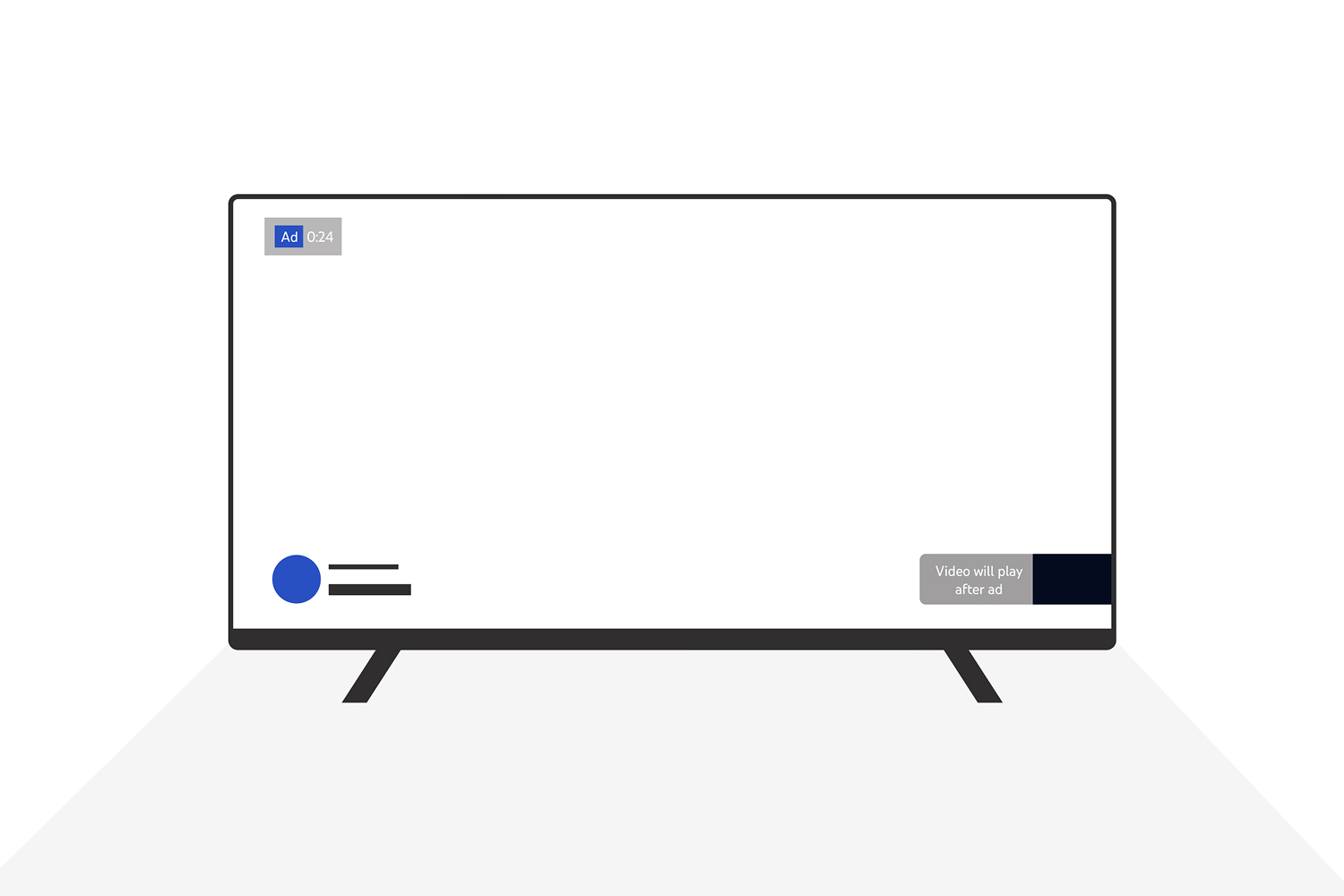The Polar Report #2

Welcome to The Polar Report, a curated view of what is happening in the world of digital Monetisation, Audience Development, and Measurement. This week we dive into Facebook’s latest brand safety tools, contextual targeting in CTV advertising, metrics, and more!
Monetisation
177 Media Agencies Claim 37% of YouTube Ads Could Be Unsuitable
A recent article on AdExchanger discusses the evolution of brand safety, specifically how YouTube and CTV have helped improve brand suitability and how the Global Alliance for Responsible Media (GARM) has highlighted gaps in the current approach.
It states how advertisers' “defensive” approach to improving suitability through overly restrictive keywords results in losses of “potentially millions of impressions” and may exclude potentially suitable content.
TV advertisers are used to knowing exactly where their ad will run, giving them total brand safety and suitability assurances. Digital platforms have attempted to compete by enabling tools to prevent ads running against dangerous content but cannot guarantee safety in the same way.
Smart suitability claims to be the solution with its balance between relevance and risk, including placing ads against content that may not seem obvious but can improve campaign performance. However, this requires alignment between advertisers, media owners, and platforms – a challenge due to strained relationships among key stakeholders.
Media owners need to improve taxonomies and packaging to help advertisers identify relevant placements, enhancing both ad relevance and revenue.
Full article on AdExchanger
Facebook Adds New Brand Safety Tools
Facebook (now Meta) announced a new brand suitability verification tool to help advertisers control ad placements, specifically avoiding topics like News and Politics, Social Issues, and Crime & Tragedy.
Amid declining younger user engagement, Meta’s move aims to retain ad publishers by supporting premium outlets and increasing CPMs.
Full article on Campaign
Audience Development
Contextual Storytelling Used to Overcome Skippable Culture
Contextual targeting alone is no longer enough to engage young audiences, with 82% of Gen Z skipping ads. According to MarTech, delivering an “elevated user experience” is crucial.
Brands are addressing this challenge by personalizing ads and collaborating with creators to produce bespoke content for specific channels or contexts. This hyper-targeted approach enhances engagement and supports brand campaigns in an era of scrolling and skipping.
Full article on MarTech Series
Measurement
Ad Spend SOV% Influenced by Performance Metrics
As reported by Digiday, advertisers are increasingly using performance metrics to determine ad spend. Publishers must shift from traditional CPM and CPV metrics to focus on retention and performance-based measures.
Media owners can enhance relevance by assessing portfolio performance and enabling transactions based on viewability or retention.
Full article on Digiday
OMG Using Attention Metrics to Plan Media
Omnicom Media Group is integrating attention metrics into media planning, shifting beyond post-campaign analysis. Amplified Intelligence’s CEO calls attention the “metric of the moment,” with video ad engagement measured through view duration becoming a key metric in determining media value.
Full article on Digiday
If you liked that why not take a look
Ready to maximise your YouTube revenue?
Get in touch and let’s begin exploring your channel’s hidden potential.










